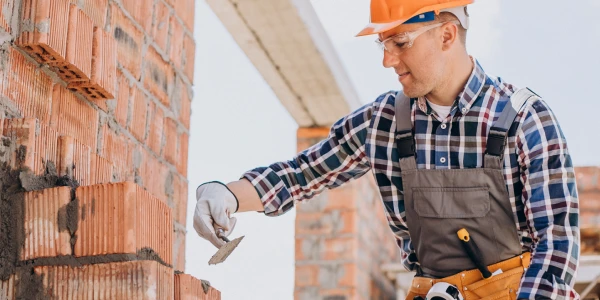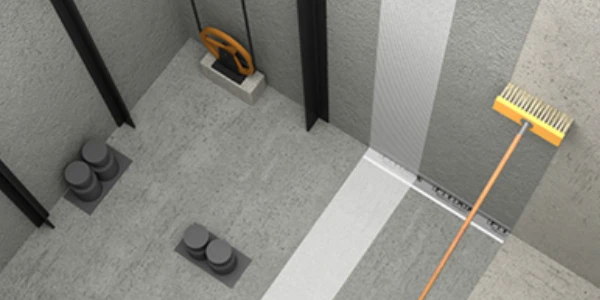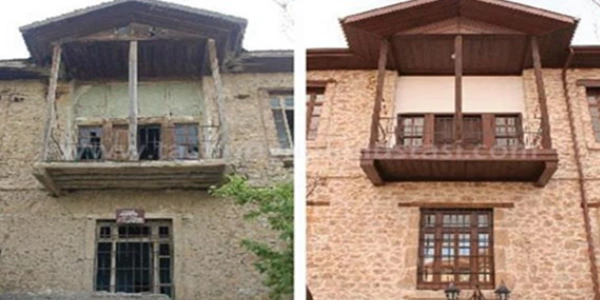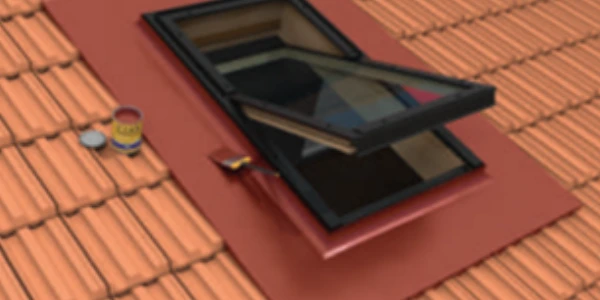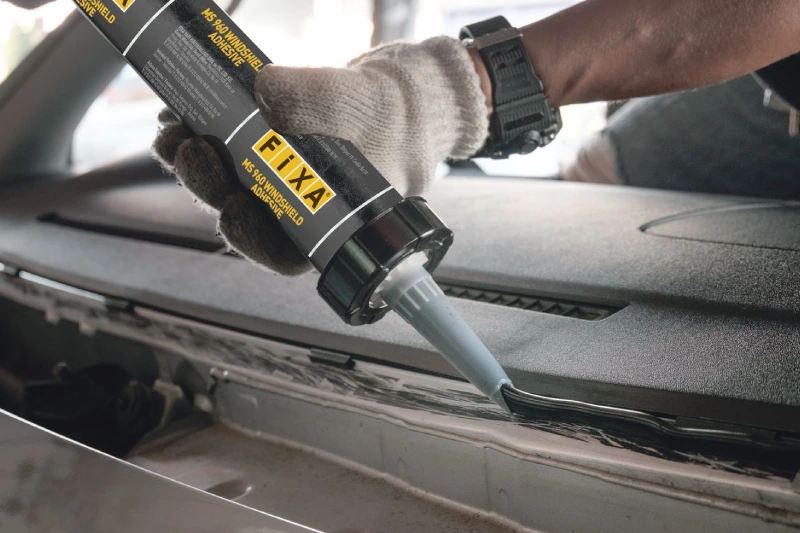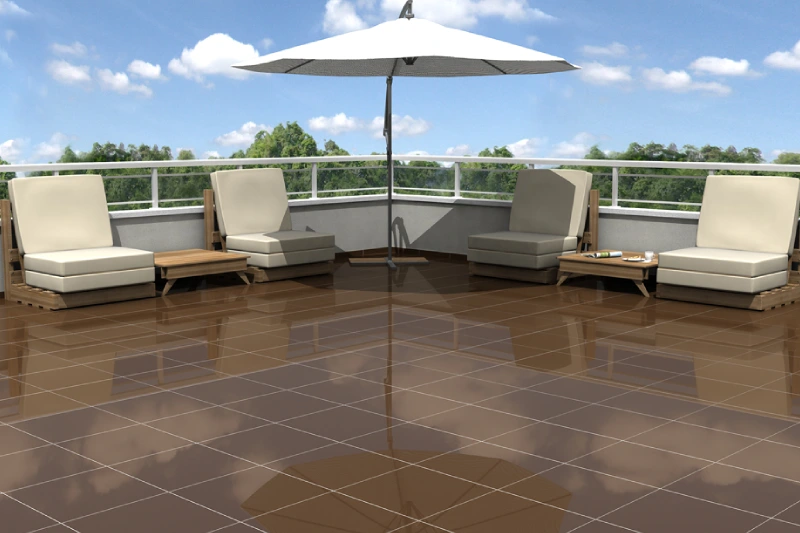Waterproofing in Wet Areas: Technical Requirements, Application Details, and a Case Study Based on a Bathroom
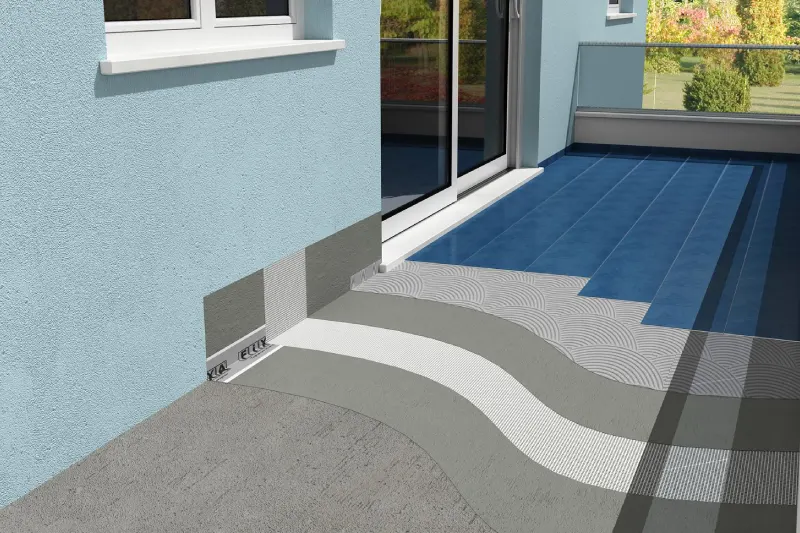
Wet areas are parts of a building where water and moisture are present in high amounts, often coupled with insufficient ventilation. These spaces typically include bathrooms, shower zones, toilets, kitchens, and laundry rooms. Considering the potential damage water can cause to a structure, waterproofing in these areas is not a choice but a structural necessity.
Direct or indirect contact of water with building components can lead to carbonation in reinforced concrete systems, corrosion of reinforcement, blistering of surface coatings, and the growth of mold and mildew. These types of damage not only shorten the lifespan of the building but also pose serious health risks to users.
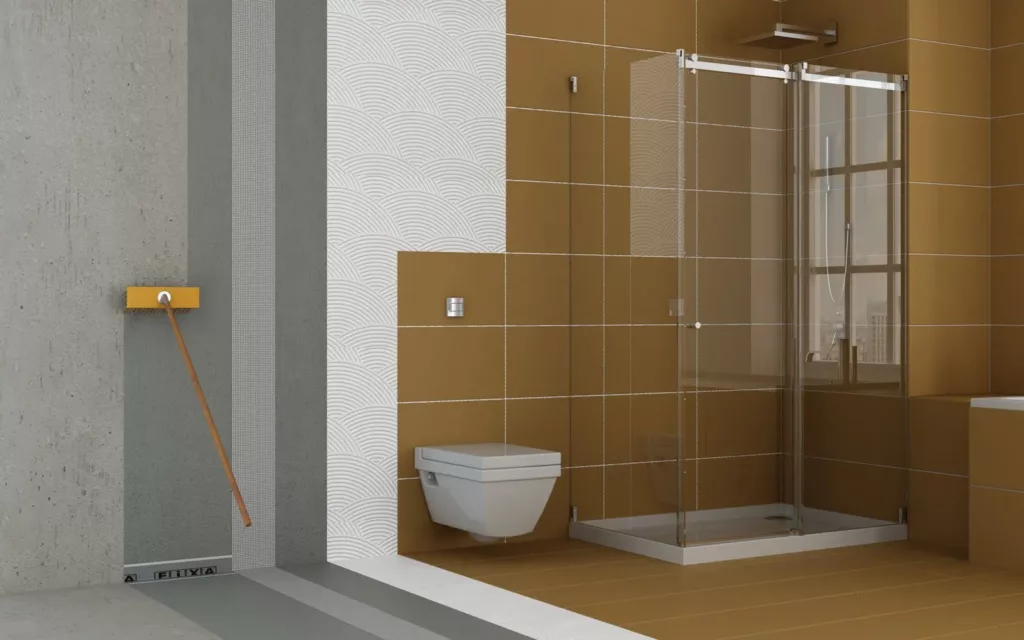
The Critical Nature of Wet Areas
Wet areas are spaces where water vapor is intense, moisture can become persistent, and water—whether in vapor or liquid form—can penetrate building components. Bathrooms, particularly in residential settings, are the most typical examples of this definition.
- Being enclosed spaces with limited ventilation leads to moisture accumulating on surfaces.
- While ceramic tiles and porcelain coverings provide a water-resistant surface layer, grout joints and connection points allow water to seep into the structure.
- Floor slope, drain detailing, grout integrity, and corner junctions are all factors that directly affect the success of waterproofing.
Bathroom Waterproofing: Principles of Application
In wet areas such as bathrooms, merely applying surface coverings does not constitute waterproofing. Ceramic tiles or porcelain may be impermeable to water, but they do not prevent it from reaching underlying layers. In particular, grout lines, micro-cracks, and application errors can allow water to penetrate into the screed and concrete layers.
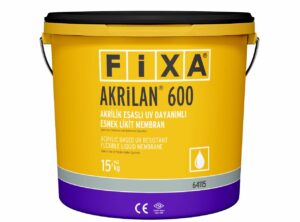
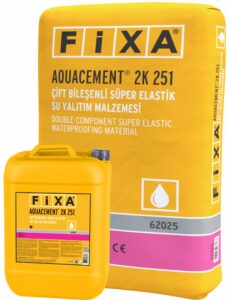
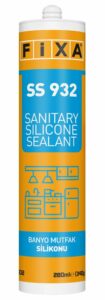
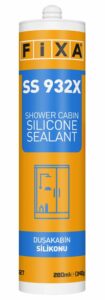
Key Considerations During Application:
- Waterproofing beneath the ceramic layer must be applied without exception.
- At critical junctions (e.g., wall-to-wall, wall-to-floor), elastic and waterproof tapes or sealants should be used.
- Specific details such as around floor drains and pipe penetrations must be protected with special collars and transition fittings.
- Prior to waterproofing, the surface must be properly prepared and completely free from dust, oil, and loose particles.
- The floor screed should be sloped to prevent water accumulation; ponding must be avoided.
Characteristics of Materials to Be Used
Waterproofing materials used in wet areas such as bathrooms must meet certain technical criteria:
- They should be brush- or roller-applied and suitable for use beneath ceramic coverings.
- They must exhibit high elasticity and have crack-bridging capability.
- After application, ceramic tiles should be able to be installed directly on top.
- They should have low water vapor permeability and high chemical resistance.
- They must comply with TS EN 14891 and similar international standards.
Cement-based two-component brush-applied waterproofing systems, polyurethane-based liquid membranes, and acrylic resin-based waterproofing materials are commonly preferred in such applications.
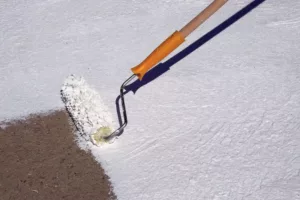
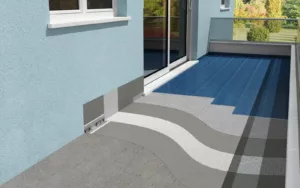
Substrate Preparation and Design
For a successful waterproofing application, not only material selection but also surface preparation and the application project are critical:
- Substrates must be smooth, clean, dust-free, and dry.
- Existing cracks must be repaired, the surface leveled, and a primer applied if necessary.
- Substrates such as screed or concrete must not be saturated with water before waterproofing; they must be cured and stable.
- All structural joints and transition areas must be properly sealed before waterproofing.
Surface Preparation and Planning
For a successful waterproofing application, not only material selection but also surface preparation and project planning are of critical importance:
- Floors must be smooth, clean, dust-free, and dry.
- Existing cracks should be repaired, the surface should be leveled, and a primer should be applied if necessary.
- Sub-layers such as screed or concrete must not be saturated with water prior to waterproofing; they should be cured and stable.
- All structural joints and transition areas must be properly sealed before waterproofing begins.
Q&A
- Why is waterproofing still necessary in a bathroom with ceramic tiles?
Although ceramic tiles are impermeable, water can seep through grout lines and joints. - Is grout sufficient for waterproofing?
No, grout provides surface-level protection only; waterproofing of the underlying layers is essential. - Why is floor slope important in a bathroom?
It is necessary to prevent water accumulation and direct it toward the drain. - Can tiles be installed without waterproofing?
Technically yes, but it can lead to serious water damage. Waterproofing should be applied prior to tiling in accordance with BS5385 - Which standards are important for bathroom waterproofing?
International waterproofing standards such as TS EN 14891 and DIN 18534 should be considered. - What are the highest-risk detail areas?
Wall-to-floor joints, around drains, pipe penetrations, and wall corners. - Which waterproofing material is suitable directly beneath tiles?
Brush-applied, elastic, two-component cement-based products are ideal. - Should waterproofing be done only on the floor?
No, all wet surfaces, including shower walls, should be waterproofed. - How long after application can tiles be installed?
Depending on the material used, tiles can be installed 24–48 hours after application. - What is the most common mistake in bathroom waterproofing?
Assuming that ceramic tiles alone provide waterproofing and neglecting the isolation layer.
Share!
Other Blog Posts

